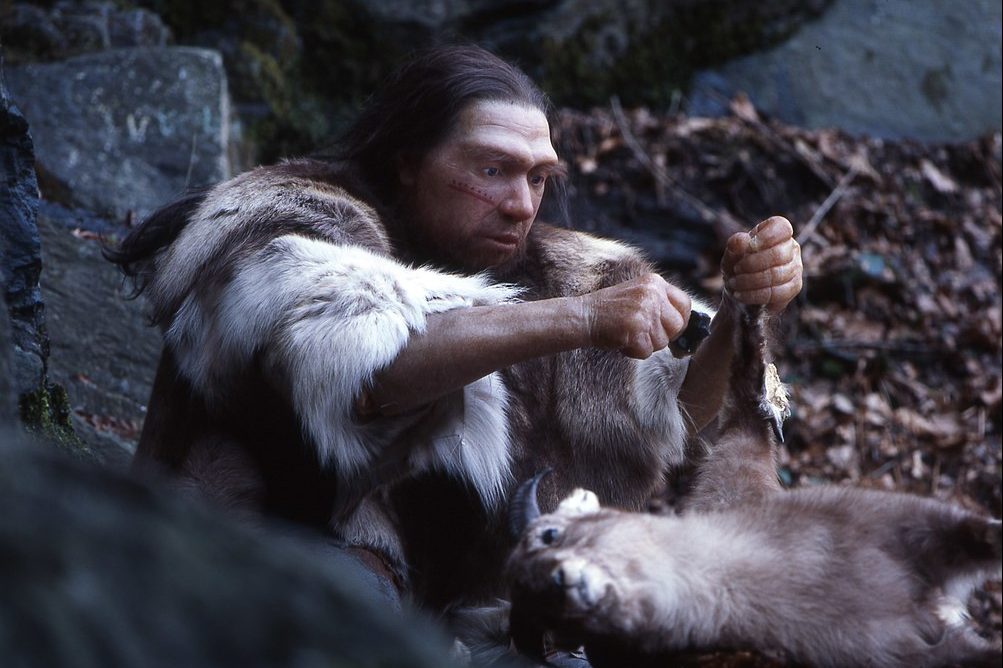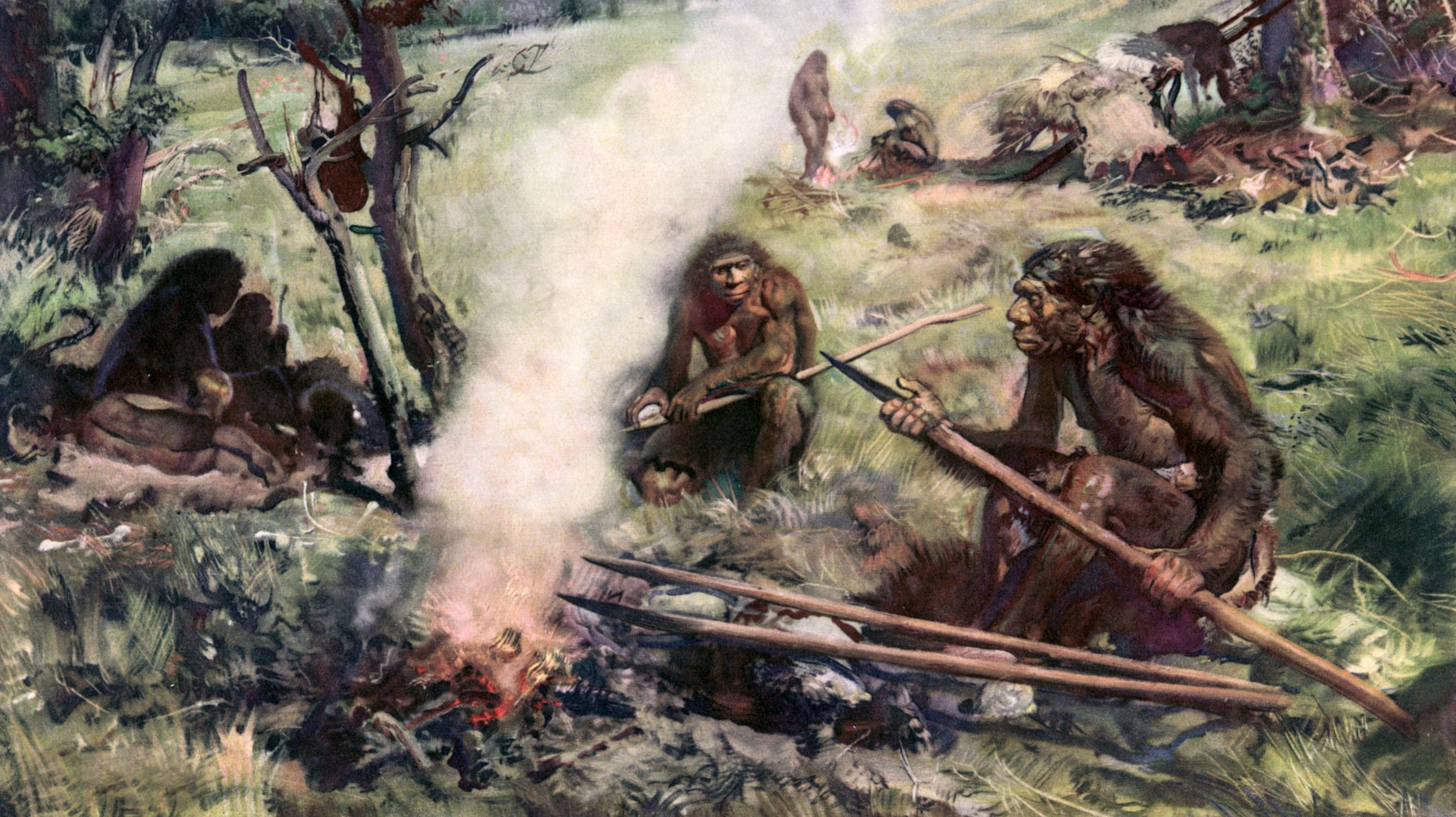For people who don’t enjoy winters, or cold weather in general, the idea of sleeping through the whole season might sound appealing. Well, “sleep” might not be the best word to use; hibernation or torpor would be more accurate. Essentially, slowing one’s metabolism to a crawl and going dormant for a few months. Other mammals do it, you might think; why not humans?
New research suggests that some humans did, in fact, engage in hibernation or something like it. A new article at The Guardian by Robin McKie explores new evidence that Neanderthals might have opted for the same kind of low-action winters that bears and others engage in.
These conclusions emerged following the examination of a number of prehistoric bones found in northern Spain.
“The scientists argue that lesions and other signs of damage in fossilised bones of early humans are the same as those left in the bones of other animals that hibernate,” McKie writes. “These suggest that our predecessors coped with the ferocious winters at that time by slowing down their metabolisms and sleeping for months.”
The evidence suggests that bone growth wasn’t consistent throughout the year — which would line up with the idea that these early humans were dormant for part of the year.
It’s a theory that has many in the scientific community intrigued, though several of the scientists interviewed for the article expressed a desire to see more research done into this theory. If conclusively proven, it could provide us with a greater amount of knowledge as to how our ancestors lived — and slept.
Thanks for reading InsideHook. Sign up for our daily newsletter and be in the know.
















